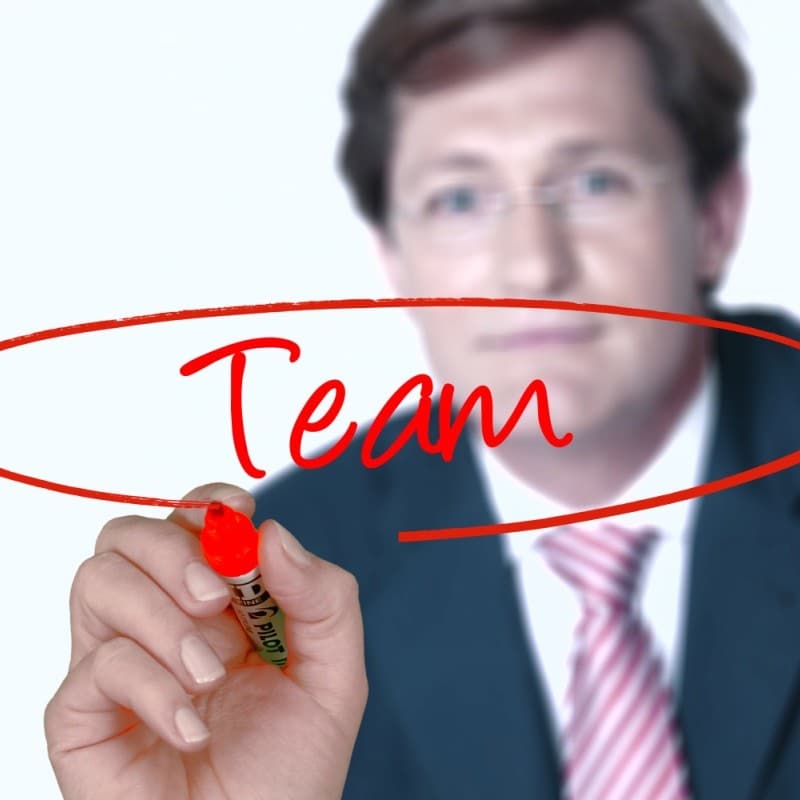Recommended Articles – How to Create an Effective Training Program?
What is your system? What is its goal?
The first and most challenging step is to determine the goal of the “System.” Before you can do that, you must determine what the System is. To determine the goal of the System, you must ask yourself “Who uses the results, the output of the System and what do they value?”. The Theory of Constraints calls this the “Throughput” of the System.
Where is your bottleneck?
The fundamental insight of the Theory of Constraints is this: “one bottleneck determines the output of any system.” A chain is as high as its weakest link. If you want to make the chain stronger, you need to work on the most vulnerable link.
How can you exploit your bottleneck?
If the system constrains the output by the output of the bottleneck, we must first try to increase the production of the bottleneck. Any idle time of the bottleneck reduces the output of the system. What can you do?
• Remove any non-value adding work.
• Remove or limit interruptions. Remove impediments.
• Let the bottleneck resource work at a steady pace.
• Provide high-quality tools and materials.
• Carefully prioritize the bottleneck’s work so that they always Work on the most critical tasks.
• Ensure that there’s still enough work to do for the team (the backlog) so that they don’t become idle through lack of input.
Which choices do you need to subordinate to the bottleneck?
When we’ve fully exploited the bottleneck, we must subordinate every other decision to our decision to exploit the bottleneck. All the resources that aren’t bottlenecks have, by definition, some slack. Use that slack to support the bottleneck. You can subordinate by:
• Letting the non-bottlenecks help the bottleneck or take over some required but low value-adding work.
• Everybody works at the pace of the bottleneck, no faster no slower, to avoid overloading the bottleneck with work in progress.
• Those in front of the bottleneck ensure that the buffer of work for the bottleneck is always filled, but not too much.
• Those after the bottleneck ensure that they have some slack to deal with variations in the output of the bottleneck.
• Non-bottlenecks, ensure that only high-quality work in progress handed to the bottleneck.
Elevate the bottleneck
We only take this step when all the ‘free’ improvements have been performed. We can elevate by:
• Adding more people or machines
• Training and mentoring
• Better tools, faster machines
• Switching to a different technology
tps://www.tuit.co.za/blog/enterprise-risk-management/”>Elevation improvements are dangerous and more difficult because they require an investment. Results might even worsen until the upgrades start to have a positive effect.
And again!
When we’ve applied one improvement and have seen a positive effect, we go back to the beginning:
• Is our goal still valid? Is our measurement of throughput again correct?
• Where’s the bottleneck? After some improvements, you may have solved your worst problem. As there’s always a bottleneck, our second-worst problem gets a promotion. You now need to focus our attention on the new bottleneck.
Read our article about What is the Theory of Constraints?
Do you want to gain the insights of the foundation of the Theory of Constraints that is essential for a deep understanding of the applications and the thinking processes?
Have a look at some of our Learning-on-Demand Short Courses related to Management!
Theory of Constraints Program
General Management & Communication
This will give you a sense of what skills will be required by you as a manager.




